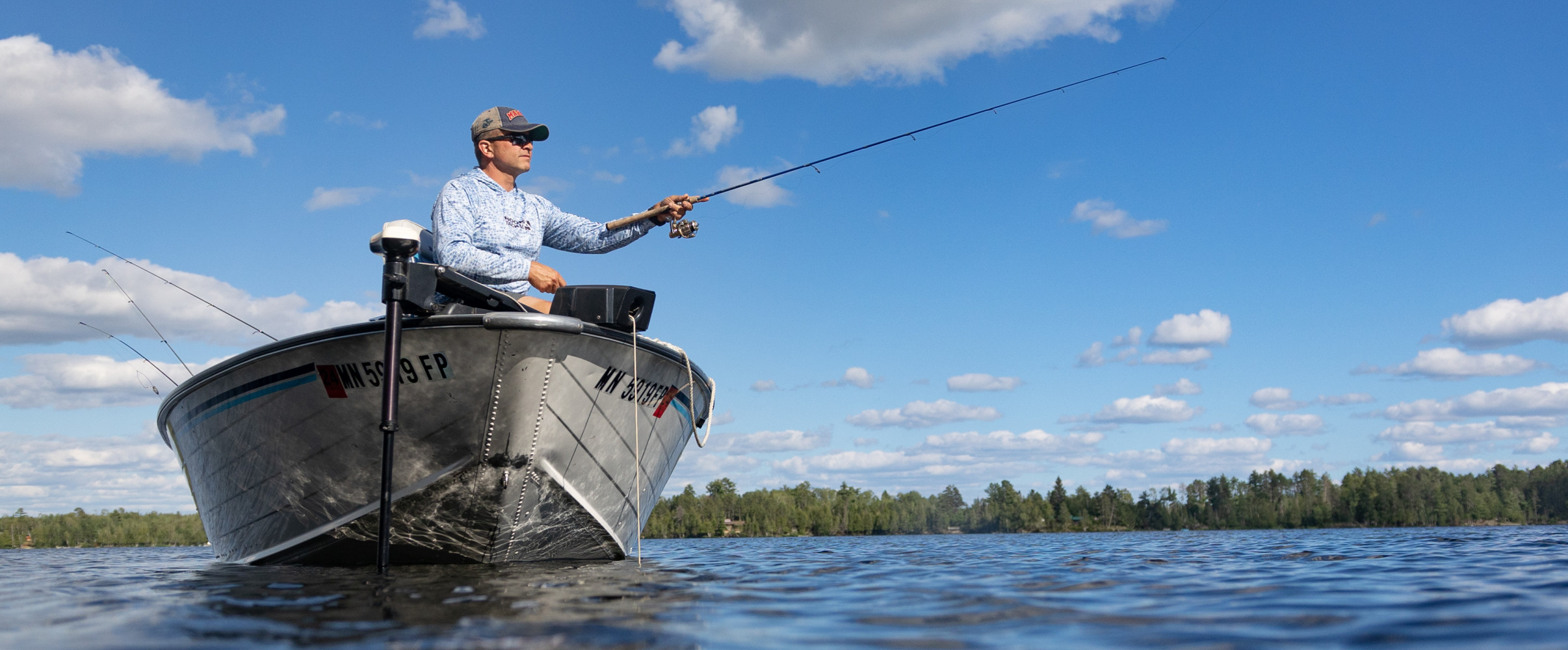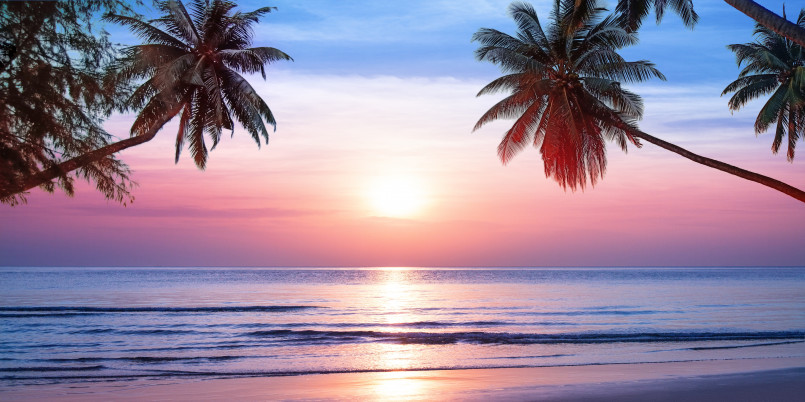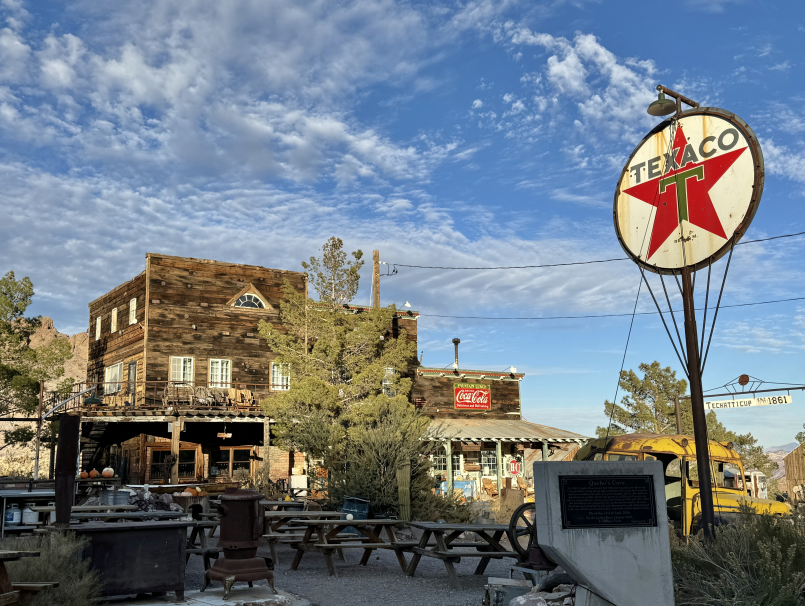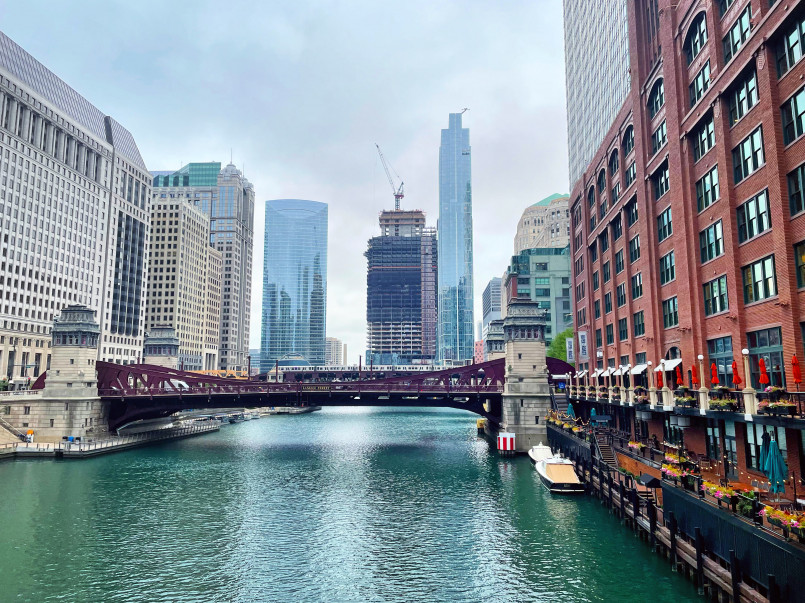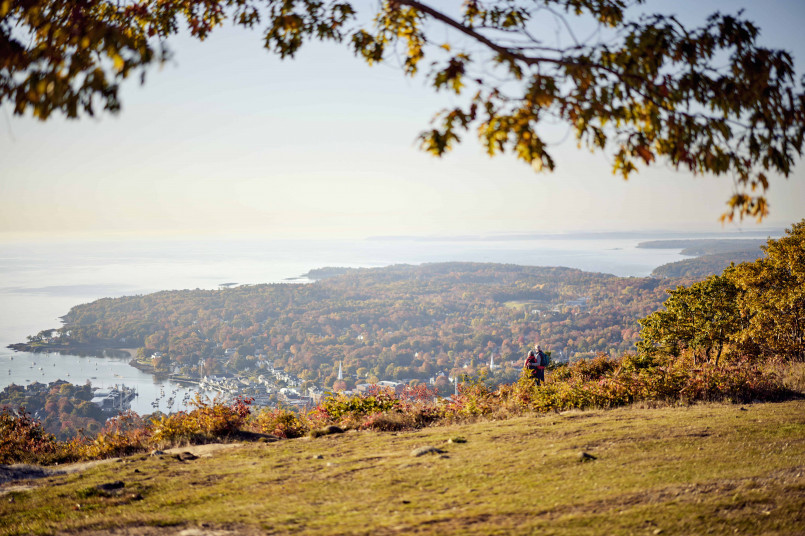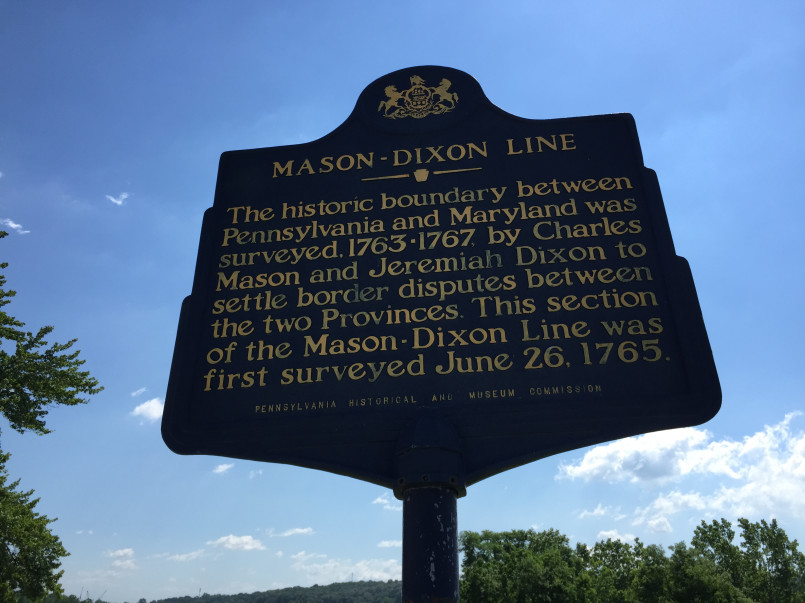America's landscape is dotted with thousands of lakes that provide recreation, wildlife habitat, and freshwater resources. While many assume Minnesota tops the list with its famous '10,000 lakes' slogan, the actual rankings might surprise you. Discover which states truly have the most lakes and what makes these water-rich regions so special.
America's vast landscape is dotted with an incredible number of lakes, from tiny ponds to massive freshwater seas. These bodies of water provide essential resources for wildlife, recreation opportunities, and often define the character of entire regions. While many people associate states like Minnesota with abundant lakes, the true distribution of lakes across America reveals some surprising patterns.
Lakes are central to many state identities, tourism campaigns, and even state nicknames. But which states can truly claim to have the most lakes? The answer depends partly on how we count and what we consider a lake to be.
What Defines a Lake?
Before counting lakes by state, it's important to understand what qualifies as a lake. Definitions vary, but generally, lakes are inland bodies of standing water with substantial surface area. However, states and agencies use different minimum size thresholds-some count bodies of water as small as 1 acre, while others only count those 5 acres or larger.
The U.S. Geological Survey typically defines lakes as bodies of water greater than 5 acres in size, though this isn't consistently applied across all states. This inconsistency in counting methods means that official lake counts can vary significantly.
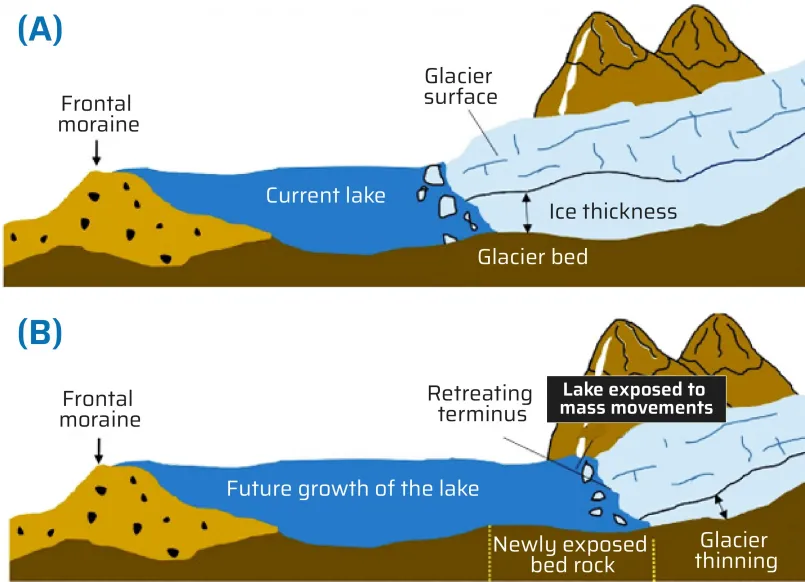
Top 10 States With the Most Lakes
Based on the best available data, here are the states with the most lakes in the United States:
- Alaska - Approximately 3 million lakes (larger than 5 acres)
- Minnesota - Over 11,800 lakes (larger than 10 acres)
- Wisconsin - About 15,000 lakes (includes smaller bodies)
- Michigan - More than 11,000 lakes
- Florida - Approximately 7,700 named lakes
- Maine - Over 6,000 lakes
- Washington - About 5,000 lakes
- Texas - Nearly 5,000 lakes (many are reservoirs)
- North Dakota - About 4,900 lakes
- California - Approximately 3,000 lakes
These numbers should be interpreted with caution since counting methods differ across states. Some states count only natural lakes while others include man-made reservoirs.
Minnesota: Land of 10,000 Lakes
Minnesota's famous slogan-"Land of 10,000 Lakes"-is actually an understatement. The state officially has 11,842 lakes larger than 10 acres. These lakes cover about 2.6 million acres, or roughly 5% of Minnesota's total area.
The glacial history of Minnesota shaped its lake-rich landscape. During the last ice age, massive glaciers carved depressions in the land that later filled with water as the ice retreated. This glacial activity created the characteristic pothole lakes that dot the state.
Notable lakes include Lake Mille Lacs (132,516 acres), Red Lake (288,800 acres), and Lake Minnetonka (14,528 acres), which are popular for fishing, boating, and other recreational activities.
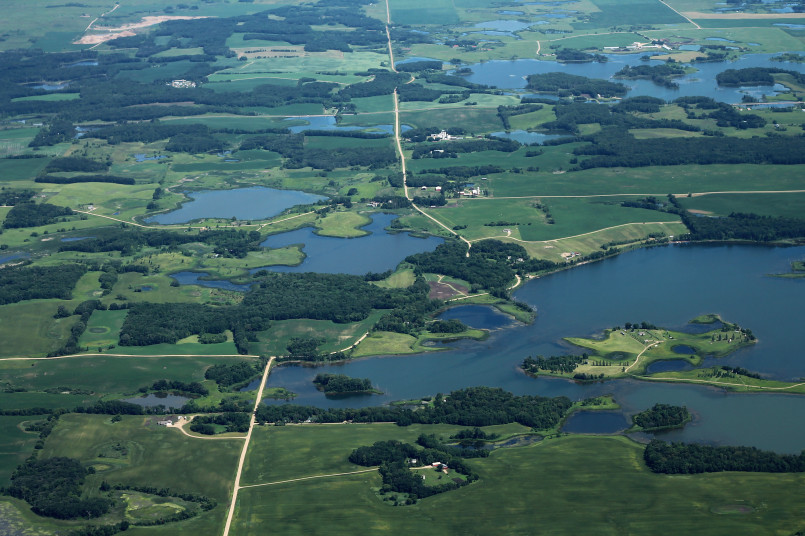
Alaska: Land of 3 Million Lakes
Despite Minnesota's reputation, Alaska actually has the most lakes of any state-by far. With approximately 3 million lakes larger than 5 acres, Alaska's lake count dwarfs all other states combined. The state's vast size (663,300 square miles) contributes to this impressive number.
Many of Alaska's lakes are found in the tundra regions, where permafrost prevents water from draining into the ground. When the surface layer thaws in summer, the water pools above the frozen layer below, creating millions of lakes and ponds.
Lake Iliamna, Alaska's largest lake at 1,000 square miles, is approximately the size of the state of Rhode Island. The lake is known for its diverse ecosystem, including freshwater seals and the legendary "Iliamna Lake Monster."
Wisconsin: Lake-Rich Midwest State
Wisconsin rivals Minnesota with around 15,000 lakes, though this count includes smaller bodies of water than Minnesota's official tally. Like its neighbor, Wisconsin's lakes were largely formed by glacial activity during the last ice age.
The state is particularly known for its concentration of lakes in the northern highlands, where popular vacation destinations like Eagle River (with its famous "Chain of Lakes") attract visitors from across the Midwest.
Lake Winnebago, Wisconsin's largest inland lake at 137,700 acres, is known for its excellent fishing opportunities and winter ice fishing tradition. The state's lakes contribute significantly to Wisconsin's tourism economy.
Michigan: Great Lakes State
Michigan's nickname is the "Great Lakes State," and for good reason. With portions of four of the five Great Lakes (Superior, Michigan, Huron, and Erie) within its borders, Michigan has more freshwater coastline than any other state-about 3,288 miles.
Beyond the Great Lakes, Michigan boasts more than 11,000 inland lakes. The state's two peninsulas were heavily shaped by glacial activity, resulting in an abundance of lakes of all sizes.
Notable inland lakes include Houghton Lake (20,044 acres), Torch Lake (18,770 acres), and Lake Charlevoix (17,260 acres). Michigan's lakes are central to the state's identity and economy, supporting fishing, boating, and tourism industries worth billions of dollars annually.
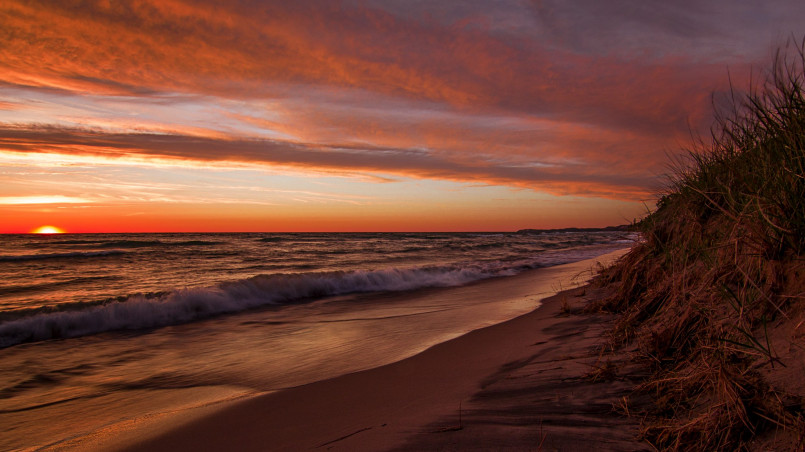
Florida: Land of Natural Springs
Florida's approximately 7,700 named lakes offer a different character than the glacial lakes of the northern states. Many of Florida's lakes are formed by karst topography, where the underlying limestone bedrock has been dissolved by water, creating depressions that fill with groundwater.
Lake Okeechobee, covering 730 square miles, is the largest lake in Florida and the second-largest freshwater lake wholly within the continental United States. The lake is relatively shallow, with an average depth of only 9 feet.
Florida's lakes face unique environmental challenges, including issues with invasive species like water hyacinth and problems with algal blooms fueled by nutrient pollution from agriculture and urban development.
Economic Impact of Lakes
Lakes contribute enormously to state economies, particularly through:
- Tourism and recreation: Fishing, boating, swimming, and other water activities generate billions in economic activity
- Property values: Lakefront properties typically command premium prices
- Commercial fishing: While more limited than in the past, commercial fishing remains important in some lake regions
- Water supply: Many lakes serve as reservoirs for municipal water systems
In Minnesota alone, lake-related tourism generates over $13 billion annually and supports more than 90,000 jobs. Similar patterns exist in other lake-rich states, where water resources drive significant portions of the local economy.
Environmental Challenges
Despite their abundance, America's lakes face serious environmental challenges:
- Invasive species: Non-native plants and animals like zebra mussels and Asian carp threaten lake ecosystems
- Nutrient pollution: Agricultural runoff and urban wastewater contribute to harmful algal blooms
- Climate change: Rising temperatures affect ice cover, water levels, and native species distribution
- Development pressure: Shoreline development can degrade water quality and habitat
Conservation efforts are underway across lake states, with initiatives to monitor water quality, control invasive species, and protect shoreline habitat. Many states have enacted regulations on shoreline development and boat inspections to prevent the spread of invasive species.
America's lake-rich states represent one of the nation's most valuable natural resources, providing essential ecosystem services, recreational opportunities, and defining the character of entire regions. Whether you're fishing in Minnesota, boating in Michigan, or swimming in Florida, these freshwater jewels remain central to America's natural heritage.
Frequently Asked Questions About Top 10 States With the Most Lakes in America - Surprising Rankings
Which state actually has the most lakes in the US?
Alaska has by far the most lakes of any state, with approximately 3 million lakes larger than 5 acres. This vastly exceeds Minnesota's famous "10,000 lakes" (actually 11,842 larger than 10 acres). Alaska's massive size and unique permafrost conditions create ideal conditions for lake formation.
Why is Minnesota called the 'Land of 10,000 Lakes' if it doesn't have the most?
Minnesota's slogan "Land of 10,000 Lakes" was created as a marketing term before comprehensive lake counts existed. While Minnesota doesn't have the most lakes, it does have an impressive density of lakes (about 11,842 larger than 10 acres), making lakes a defining feature of the landscape. The slogan has become deeply embedded in state identity.
What qualifies as a lake when counting lakes by state?
Definitions vary by state and agency, creating inconsistencies in counts. The U.S. Geological Survey typically defines lakes as water bodies larger than 5 acres, but some states count lakes as small as 1 acre while others only count those 10 acres or larger. Some counts include only natural lakes, while others include man-made reservoirs.
Why do some northern states have so many lakes?
Northern states like Minnesota, Wisconsin, and Michigan have abundant lakes primarily due to glacial activity during the last ice age. Retreating glaciers carved depressions in the landscape that filled with water. In Alaska, permafrost (permanently frozen subsoil) prevents water from draining into the ground, creating millions of lakes and ponds.
What are the environmental threats to America's lakes?
Major threats include invasive species (like zebra mussels), nutrient pollution from agriculture and urban development (causing harmful algal blooms), climate change impacts (affecting water levels and temperature), and shoreline development that damages natural habitats. Many states have implemented conservation programs to monitor and protect lake water quality.
How important are lakes to state economies?
Lakes contribute billions to state economies through tourism, recreation, property values, and water resources. In Minnesota alone, lake-related tourism generates over $13 billion annually and supports more than 90,000 jobs. Lakefront properties typically command premium prices, and lakes support industries from fishing to boat manufacturing.
